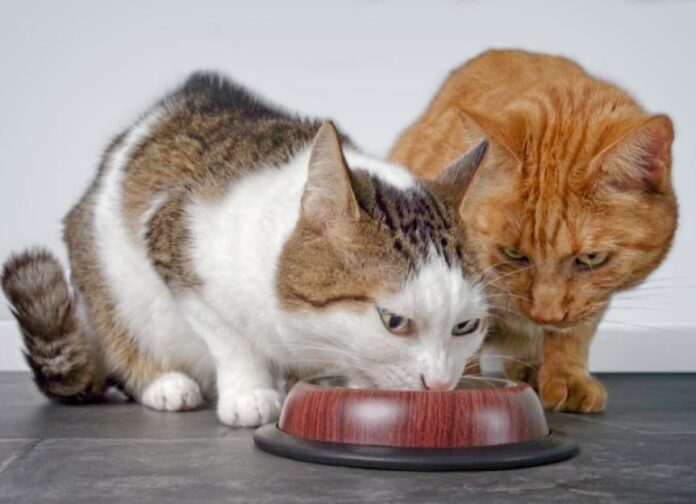How to Successfully Change Your Cat’s Food: Expert Tips and Guidance
Realizing it’s time to change your cat’s food can be daunting, especially when their current favorite is out of stock. Fear not; with the right approach, you can smoothly transition your feline friend to a new diet—even if they are a picky eater. This article provides expert tips to ensure a successful food switch for your cat.
Why Change Your Cat’s Food?
Understanding the reasons for changing your cat’s diet is essential. Here are some common scenarios:
- Veterinary Recommendations: Medical issues may require an immediate dietary change.
- Discontinued Products: Your cat’s favorite flavor may no longer be available due to recalls or supply issues.
- Flavor Preferences: Cats may lose interest in their current food over time.
- Nutritional Upgrades: You may wish to switch to higher-quality ingredients or adjust the food based on your cat’s life stage—kittens may need to transition to adult food, and adult cats to senior formulas.
Whatever the reason, you want to ensure your cat doesn’t face prolonged hunger during the transition.
Identifying a Similar Food Formula
When changing your cat’s food due to a recall or unavailability, transitioning to a similar food can minimize resistance. Follow these three criteria:
Main Ingredients
Identify the first few ingredients of the current food and aim to match them in the new option. For instance, if the old food includes tuna, salmon, and shrimp, seek a new brand that features these meats prominently.
Guaranteed Analysis
Check the guaranteed analysis on both labels. Aim for minimal changes in protein and fat percentages to prevent digestive upset, especially when transitioning from dry to canned food.
Texture Preferences
Many cats have specific texture preferences. If your cat prefers pate, opt for a similar texture in the new formula. Consider their likes as well—some cats favor gravy, while others enjoy chunks of meat.
Steps for Transitioning Cat Foods
Generally, it’s best to gradually switch your cat’s food over one to two weeks unless a veterinarian specifies otherwise. Follow this simple introduction schedule:
- Days 1-2: Mix 75% old food with 25% new food.
- Days 3-4: Adjust to a 50%-50% mix.
- Days 5-6: Shift to 25% old food and 75% new food.
- Day 7: Feed new food exclusively.
Monitor your cat closely. If they exhibit signs of intolerance, revert to the last successful mix for a few days before attempting the next step.
Switching Between Dry and Wet Food
The transition process also applies when changing between dry and wet foods. Keep in mind:
- Dry food typically contains higher carbohydrates; moderate its use.
- Cats may dislike mixing wet and dry food, as it alters texture. Serve them separately.
- Consider reducing old food quantities to encourage new food acceptance.
Exploring Rotational Diets for Cats
Implementing a rotational diet can prevent your cat from becoming fixated on a single food. This approach involves offering a variety of foods, changing them daily, weekly, or monthly. If a specific health issue arises, you can adjust the rotation frequency accordingly.
If you want to include some dry food, consider offering small, frequent meals of canned food and a minimal amount of dry food for evening snacks.
Troubleshooting Cat Food Changes
When switching foods, ensure your cat continues to eat regularly. A lack of sufficient protein intake can lead to severe health issues, such as hepatic lipidosis. If your cat consumes less than 3 tablespoons of food per day, consult your veterinarian.
If your cat refuses the new food after 18 hours, offer a small portion of the old food for a short time to encourage consumption. Keep an eye out for any digestive issues like vomiting or diarrhea. If these persist beyond 24 hours, contact your veterinarian.
In some cases, immediate dietary changes are necessary for health conditions. However, allowing your cat to dictate the pace of the transition typically yields the best results.
With time, patience, and the right strategies, your cat will soon enjoy their new, healthy food.
Featured image: iStock.com/Lightspruch











